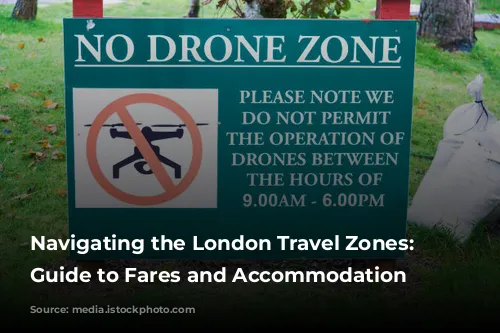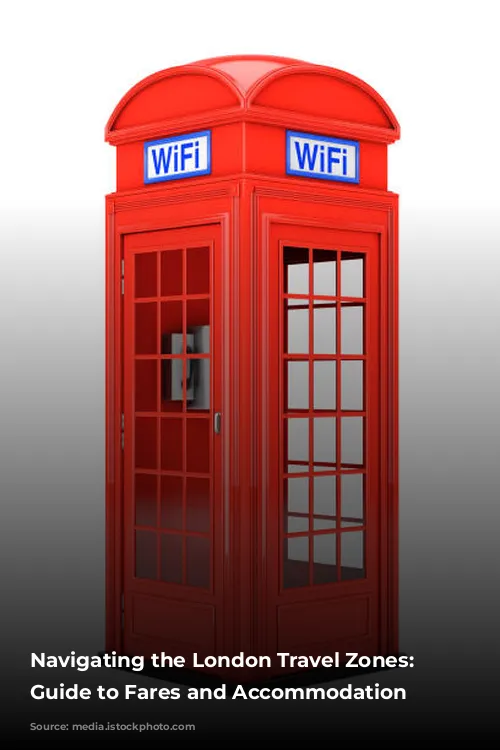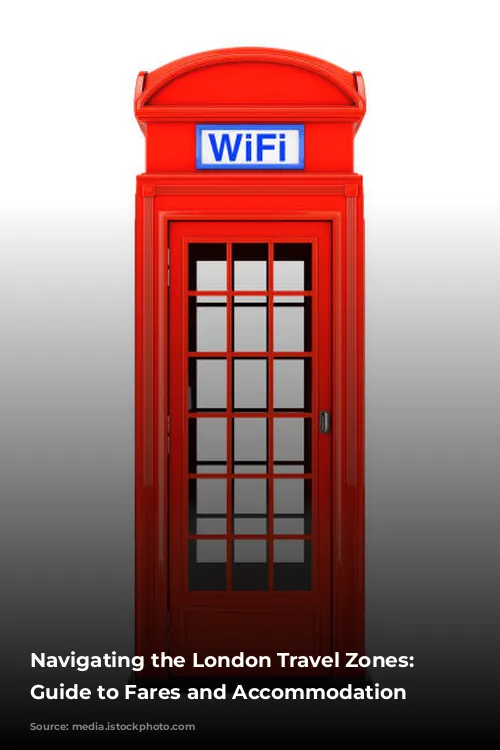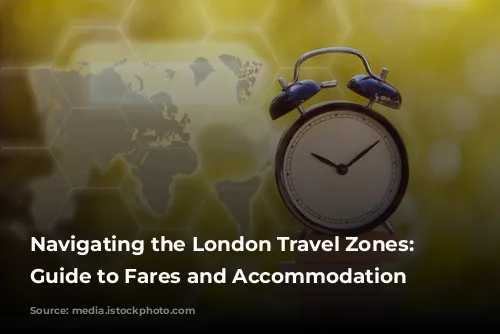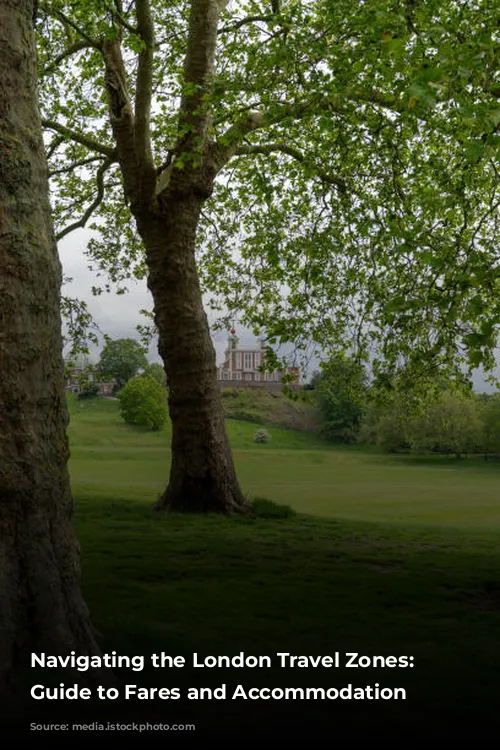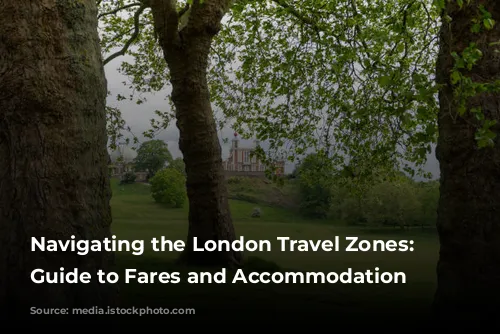London’s intricate network of transportation is a marvel, but deciphering its fare structure can be daunting for newcomers. Fear not, as this guide will break down the London Travel Zones and their impact on your travel costs and accommodation choices.

London Travel Zones: Your Guide to Fares and Transport
London’s public transport system is divided into nine concentric zones, with Zone 1 at the heart of the city and zones radiating outwards. Zone 1 encompasses the iconic landmarks and vibrant districts of Central London, such as the West End, Buckingham Palace, and the Houses of Parliament. Zones 2-9 extend outward to the city’s suburbs and surrounding areas.
Traveling through different zones comes with varying fares, and understanding the zone system is crucial for planning your journey and budget. Maps provided by Transport for London (TfL) are invaluable tools for visualizing zones and calculating potential fare costs.

Zone-Based Accommodation: Finding the Right Fit
The impact of London Travel Zones extends beyond transportation, significantly influencing the cost of accommodation. Naturally, properties within Zone 1 command the highest prices due to their prime location and close proximity to major attractions and commercial hubs.
As you venture outward to Zones 2 and 3, rental prices become more manageable, offering a balance of affordability and accessibility to Central London via public transport. For instance, a one-bedroom apartment in Zone 1 could set you back over £2,500 per month. In contrast, Zone 2, encompassing neighborhoods like Camden and Hammersmith, sees an average price of around £1,800 per month for a one-bedroom apartment. Zone 3, encompassing areas like Stratford and Wimbledon, presents even more budget-friendly options, with average one-bedroom rents around £1,500 per month.
While Zones 4 and beyond provide the most affordable options, they often come with longer commute times, which you should consider when choosing your accommodation.
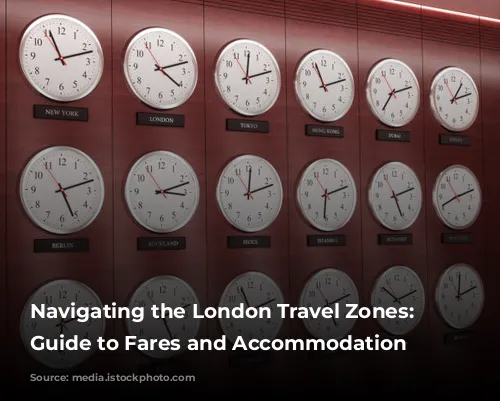
Oyster Card vs. Contactless: Your Payment Choices
When navigating London’s Tube network, Oyster cards and contactless payments offer convenient payment methods. Oyster cards are physical cards you load with credit and tap in and out of Tube stations. Contactless payments, on the other hand, allow you to use your debit or credit card directly, eliminating the need for a separate travel card.
Both methods offer the same fare pricing and daily caps, but contactless payments offer added convenience, as you don’t need to top up credit or carry an extra card. However, some prefer the anonymity and flexibility of topping up an Oyster card with cash.

Peak vs. Off-Peak: Saving Money on Travel
Peak and off-peak hours play a significant role in the cost of travel on London’s public transport. Peak fares apply during the busiest times, generally from 6:30 AM to 9:30 AM and 4 PM to 7 PM, Monday to Friday, excluding public holidays. These higher fares aim to manage demand and encourage travelers to consider alternative travel times.
For commuters, planning travel outside of peak hours is essential for saving money. If feasible, consider adjusting your work schedule or taking advantage of off-peak fares. For leisure travel, exploring the city during off-peak hours offers not only a cost advantage but also a more relaxed and enjoyable experience without the crowds.

Student Accommodation: Finding the Perfect Balance
Choosing student accommodation in London requires considering proximity to your university and the cost of travel. If your university is centrally located, accommodation in Zones 1 or 2 could be ideal for easy access. However, if your university is further out, opting for accommodation in higher zones can offer more affordable rent while still providing convenient travel options.
Platforms like uhomes.com provide a wide range of London accommodation options across different zones, enabling you to find accommodation that aligns with your budget and location preferences. Whether you prefer the vibrant city life of Zone 1 or the quieter suburbs of Zone 3 or beyond, uhomes.com can help you find the perfect student home. When selecting your accommodation, consider factors like proximity to public transport, amenities, and the overall atmosphere of the area to ensure a comfortable and convenient student experience.
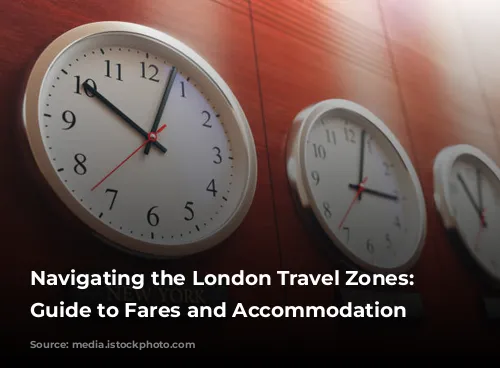
The Best Zone for You: Finding Your Perfect London Experience
Central London encompasses Zones 1 and 2, each offering a distinct character and appeal. Zone 1, the heart of the city, offers a pulsating atmosphere filled with iconic landmarks, shopping districts, and world-class dining options. Zone 2, surrounding Zone 1, provides a blend of residential and commercial areas, offering a balance of city access and slightly more affordable living.
Ultimately, the “best zone” in London depends on your individual needs and priorities. Each zone offers unique benefits, so consider what’s most important to you:
- Zone 1: Ideal for those seeking the heart of the city action with easy access to major attractions, business districts, and cultural landmarks. However, be prepared for the highest prices.
- Zone 2: Offers a balanced blend of central access and residential comfort, with slightly lower costs than Zone 1.
- Zone 3: Provides more affordable housing options while maintaining reasonable proximity to central London.
- Zones 4-6: Best for quieter, suburban living with more green spaces, though travel times to central London are longer.
Navigating the London Travel Zones can feel overwhelming at first, but with a little planning and understanding, you’ll be well on your way to exploring this incredible city with ease and affordability.
